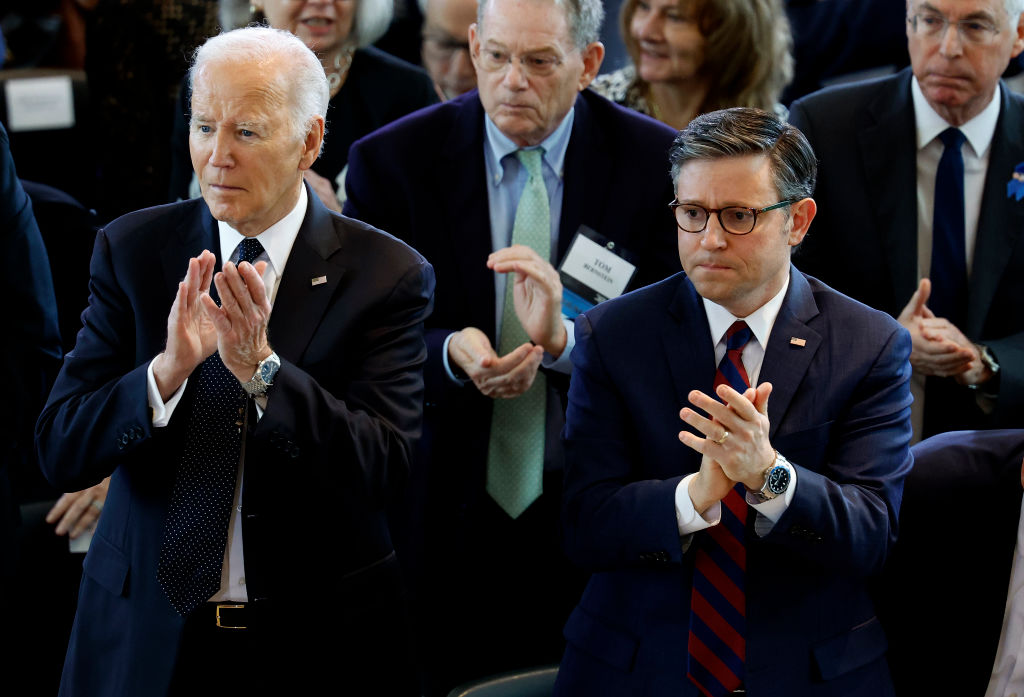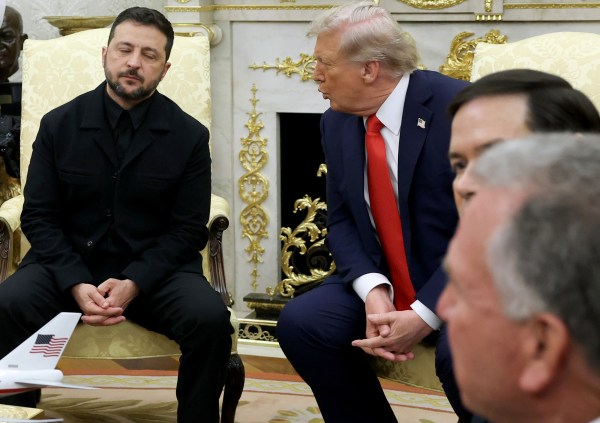The Biden administration has paused delivery to Israel of several thousand precision munitions, including 2,000-pound bombs, while simultaneously asserting there is reasonable evidence that Israel’s use of U.S.-provided weapons has violated international humanitarian law during the Gaza conflict. This action, coming on the heels of a $14 billion supplemental appropriation for Israel as part of the recently passed Ukraine aid package, raises questions about the president’s authority to unilaterally determine how congressionally mandated arms transfers to foreign powers are executed.
What policies guide U.S. international arms transfers?
Arms transfers—whether through foreign military sales, direct transfers, drawdown authorities, or other means—are overseen by a complex web of laws, regulations, and policies that mostly follow, interpret, or make exceptions to the Arms Export Control Act of 1976 and its subsequent revisions. Congress exercises oversight of arms transfers primarily through mandating the executive branch submit reports for prospective and completed transfers, with specifics on reporting content and timing often detailed in the legislation authorizing and/or funding individual actions.
Presidents, in turn, have generally interpreted this guidance through their own directives as each administration seeks to meet its own foreign policy priorities and objectives. The Biden administration has done this through its National Security Memorandum 20 (NSM-20), signed on February 8, 2024. NSM-20 amplifies its predecessor, NSM-18, by placing a stronger emphasis on using arms exports as leverage in achieving the administration’s broader human rights objectives.
While presidents can and do interpret arms export policy based on their own priorities, most administrations have balanced multiple criteria with their policies, including national security, economic security, relationships with allies, human rights, and nonproliferation. In practice, though, individual presidents’ guidance has generally reflected the notion that “the executive branch, after complying with the terms of applicable U.S. law, principally contained in the AECA [Arms Export Control Act], is free to proceed with an arms sales proposal unless Congress passes legislation prohibiting or modifying the proposed sale,” according to the Congressional Research Service.
So, while Congress provides funding and oversight of executive branch decisions, by its own hand it usually has very little power over what military aid recipients actually get. Most legislation places funding into broad buckets like “armaments,” “missiles,” “operations and maintenance,” “training,” etc., leaving decisions on specific systems to executive branch professionals and partner nations. Congress can and does provide direct appropriations at times, as with several anti-missile systems for Israel and ATACMS for Ukraine in the latest aid package legislation. Absent that, though, once the legislation is enacted Congress merely receives notifications of impending and completed transfers on timelines specified in the legislation.
Can the president ignore Congress?
Presidents of both parties have withheld weapons from partner nations in the past to advance policy objectives or to prevent their use in ways that were objectionable to the administration. In Israel’s case, Presidents Dwight Eisenhower and Ronald Reagan used the threat of sanctions or actual delivery delays to encourage specific actions or to place restraints on that government’s conduct.
If Congress doesn’t agree with an administration’s decisions to provide or deny a legislatively mandated military transfer, its legal remedy is to pass a resolution reversing the president’s action, which the president must then sign or veto. But Congress has never successfully reversed an arms transfer action via resolution, so its disapproval is usually registered through negotiations with the administration and public statements.
If, as in most cases, there is no legislative mandate for specific weapons systems or capabilities, the administration has wide latitude to decide what to provide so long as it complies with the dollar amounts appropriated to “armaments” or other headings. This is the case with the Biden administration’s recent withholding of precision weapons for Israel. The difference in funding will presumably be made up for with other weapons in the same “bucket,” but as noted earlier Congress can (and in this case has) introduced a resolution amending individual transfers. Additionally, if the administration declares a transfer to be incompatible with the Arms Export Control Act or other legislation based on human rights violations or other factors, as Biden’s appears to be laying the groundwork for with Israel, it can claim to be complying with congressional intent. NSM-20 sets the conditions for cutting off certain aid and arms transfers to partner nations based on assertions that they have violated international law or impeded aid to civilians, for example. While this is a presidential directive without the force of law, it does stand as the administration’s interpretation of its powers.
What about other types of military aid?
Foreign military aid goes beyond transferring arms or equipment to partner nations and can include training and logistics support, or even direct funding that the recipient can spend for purposes outlined in legislation. As with arms transfers, the executive branch controls the enabling mechanisms for these types of aid and generally enjoys broad discretion on how they are applied.
The Biden administration’s National Security Memorandums 18 and 20 apply similar guidance to these other types of military aid as they do for arms transfers. Still, it remains a point of contention whether a president can withhold appropriated foreign aid funds or other types of assistance based on factors that are not contained in the enabling legislation.
In December 2019 President Donald Trump was impeached by the House based on this very question when he indicated to Ukrainian President Volodymyr Zelensky his administration’s passing on of defense aid funding appropriated by Congress depended on Ukraine announcing an investigation into Joe Biden. The House’s report on the matter asserted that Trump “personally and acting through agents within and outside of the U.S. government, solicited the interference of a foreign government, Ukraine, to benefit his reelection” by withholding $214 million in aid from that country.
The Trump administration controversially claimed the authority to not spend appropriated funds if that spending would conflict with other directives. In January 2020, the Government Accountability Office found the administration’s actions violated the Impoundment Control Act of 1974. Presidential authority to not spend appropriated funds has been an open question since at least the early 1800s when President Thomas Jefferson refused to buy gunboats as directed by Congress.The basic question was and is whether an appropriation sets a ceiling on spending, allowing the executive branch to leverage savings opportunities, or if the amount set in legislation is the amount to be spent. While opinions abound, the Supreme Court has not yet weighed in directly on the question.
As with many other federal policy areas, for now Congress has ceded significant authority to the executive branch, leaving decisions on distributing military aid to White House political operatives and bureaucrats within the diplomatic and defense establishments.






Please note that we at The Dispatch hold ourselves, our work, and our commenters to a higher standard than other places on the internet. We welcome comments that foster genuine debate or discussion—including comments critical of us or our work—but responses that include ad hominem attacks on fellow Dispatch members or are intended to stoke fear and anger may be moderated.
With your membership, you only have the ability to comment on The Morning Dispatch articles. Consider upgrading to join the conversation everywhere.